SUMMARY
This is AI generated summarization, which may have errors. For context, always refer to the full article.
![[Vantage Point] Underspending left NAIA to rot](https://www.rappler.com/tachyon/2023/08/underspending-naia-august-15-2023.jpg)
Congress has earmarked some P2.8 billion in fresh funding to refurbish the Ninoy Aquino International Airport (NAIA), largely for the acquisition of a new air traffic control system, according to Makati City Representative Luis Campos Jr., vice chair of the House appropriations committee.
At least nine other airports across the country will also receive infrastructure construction and development funding in the proposed P5.77-trillion 2024 national budget. Campos says that the P2.8 billion has been allocated for NAIA infrastructure, including P1.2 billion for the procurement of a new Communications, Navigation, and Surveillance-Air Traffic Management (CNS-ATM) system. This allocation for the new CNS-ATM system was among the items in the Department of Transportation’s (DOTr) 2024 aviation infrastructure budget.
Campos cites the New Year’s Day breakdown of the airport’s CNS-ATM system which disrupted over 300 international and domestic flights in and out of Manila and left thousands of travelers stranded. Power outages also occurred on May 1 and June 9 of this year, affecting a number of flights.
The infusion of fresh funds is certainly a shot in the arm for the ailing airport.
A very irate public blames corruption, inefficiency, lack of vision, etc., for the fiasco, and it is right on the mark. The deficiency is decades in the making. It is as if the previous owner of an apartment building has abandoned it in total disarray. The toilet is out of order, the roof is leaking, and the floor is creaky. Dirty dishes and cups are piled up in the sink. The water and power connections work only at certain hours, if at all. To use another metaphor, NAIA is like a patient in sepsis, with the heart becoming increasingly weak, with multiple organs – lungs, kidneys, and liver – beginning to fail.
The culprit: NAIA’s previous management scrimped on necessary upkeep, despite crowing about – for the past 10 years – about the airport’s profitability. Do I get it that they had more than enough for capital expenditures (CAPEX) to keep the airport spick-and-span? Any jeepney driver or operator worth his salt would tell you that the vehicle must be periodically maintained at its running best to keep it from breaking down.
It boggles the mind why, if NAIA were indeed making money, its former management didn’t even bother to spend any of it to buy, maintain, or improve its fixed assets? It appears that, in the past decade, there was relatively low investment in CAPEX despite the Manila International Airport Authority having the wherewithal. The MIAA is the government-owned and -controlled corporation and agency under the DOTr which is responsible for the management of the NAIA and Clark International Airport in Pampanga.
The airport’s power system had long exceeded its 20-year lifespan, which was why it conked out in the first place. Not only do the airport equipment have a limited lifespan, some are manufactured with programmed obsolescence baked into them. Unfortunately, the fact seemed lost to the previous management.
In any case, the X-ray machines don’t work, which means that – heaven forbid – a terrorist could hand-carry a bomb on board any plane without being detected to detonate it easily in mid-air. The boarding bridges are unserviceable and the baggage carousels are in a state of disrepair. There is no fire alarm and detection system to speak of.
The list of equipment NAIA must repair, replace, purchase, or install covers almost everything. That’s how extensive the work the current DOTr and MIAA management needs to do. In addition to the must-do projects mentioned a while back, the re-pavement of the taxiway and the implementation of a flood control project are likewise long overdue. There is need for a centralized air conditioning, CCTV cameras, computers, air humidifiers, circuit breakers, and even guardrails.
Why NAIA was left to rot by the previous airport administration is beyond me. The airport is practically in need of a life-support system. Technicians had to improvise – cannibalize parts from discarded power systems – because management failed to replace the aging equipment at the country’s supposed premier airport.
Fresh start
Fortunately, things are looking bright for our airport that has been mocked as an international embarrassment and almost a relic of the past, when compared to its counterparts in the Asia Pacific region.
As of August 10, MIAA is already debt-free. It has paid off the last schedule for the loan agreement with JICA executed in 1993 to finance the construction of NAIA Terminal 2. It has also been able to collect overdue receivables in the amount of ₱3.1 billion since the start of the airport’s current administration. Being debt-free and able to collect its receivables allows MIAA to pursue long overdue projects which I hope will result to a more efficient, safe and reliable gateway for the Philippines to the world.
In my opinion, the approach that has been adopted by the DOTr to invest first on what is needed before remitting dividends to the National Government makes for sound economics.
MIAA’s P4.75 billion CAPEX for 2023 and 2024 is significantly higher compared to previous years. Its CAPEX for the year, including those approved in the General Appropriations Act (GAA): maintenance, repairs and rehabilitation, P2.5 billion; operational efficiency, P885 million; passenger convenience, P444 million ,and safety and security P1.014 billion. It should be noted, however, that for the current year, NAIA’s almost P5 billion CAPEX for repair and maintenance, is not nearly enough to reverse the airport’s decline.
It is indeed challenging to play catch-up for all the years of underinvestment of the previous MIAA, while at the same time trying to elevate services and facilities to global standards.
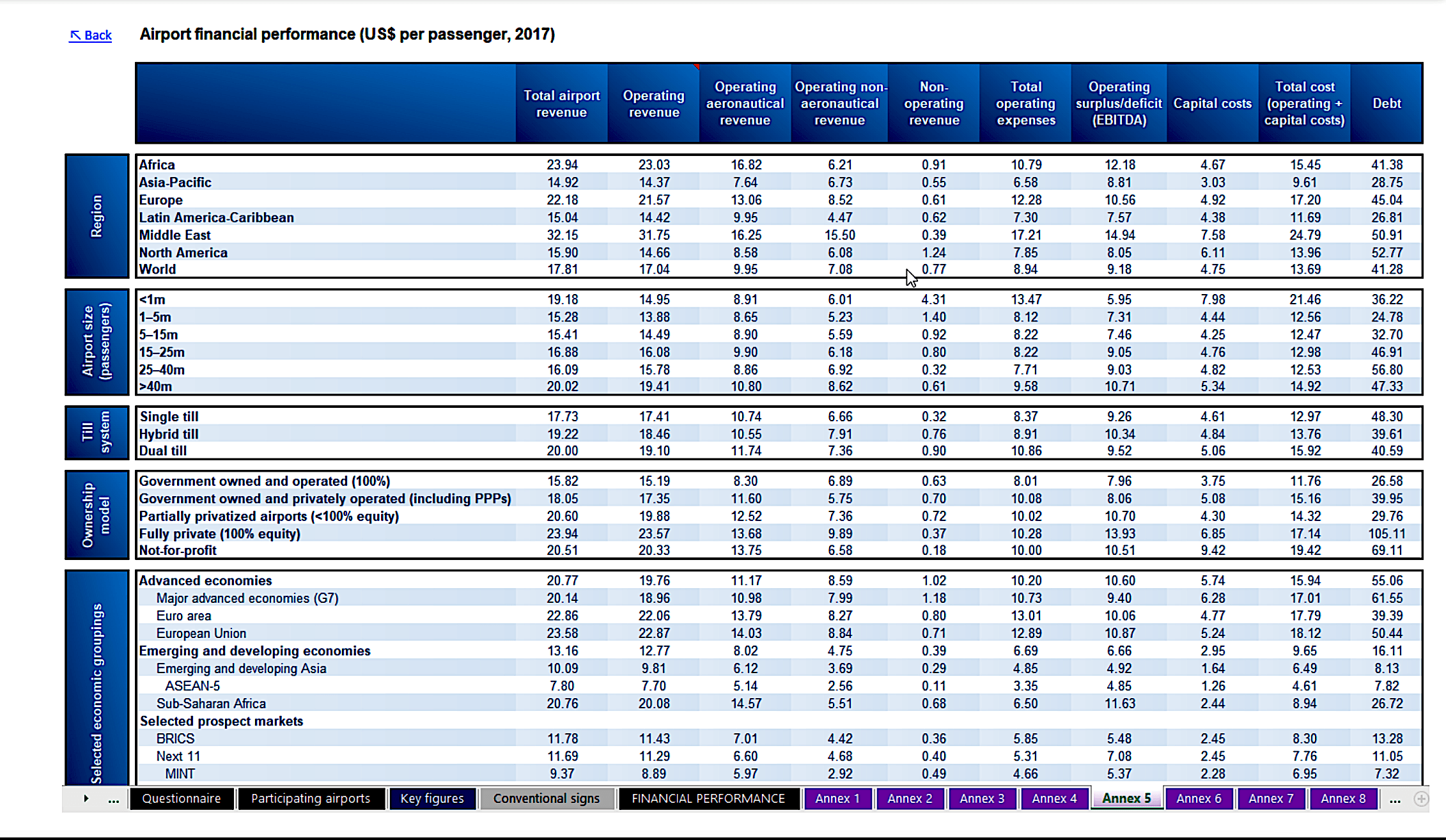
Source: Airports Council International
The statistics above clearly show why our airport is in ita sorry state. Airports need continuous funding and CAPEX to sustain and improve itself amidst growing demand and competition. Other airports in Asia Pacific spend 20% to 24% of their gross revenue for CAPEX. NAIA, on the other hand, remits everything to the national government, retaining only 7% of its gross revenue for repair and rehabilitation. No wonder NAIA is in terrible shape!
The NAIA income becomes part of the general fund, which the government appropriates, along with other GOCC remittances and tax collections. The money goes to defense, education, and social services. That is, after top government officials are done skimming off the top, for confidential funds of the president, the vice president, and various government agencies.
Importance of CAPEX
Capital expenditure plays a vital role in enabling airports to improve infrastructure, enhance safety and security measures, provide a better passenger experience, increase operational efficiency, and ensure reliability, resilience and sustainability. These investments are essential for airports to meet the demands of the aviation industry and remain competitive in a rapidly evolving global market.
Today, what NAIA needs is total rehabilitation, not a mere face lift. Of all the options available to it, the government seems to prefer the solicited public-private scheme, under which the contractor, whoever it might be, shoulders the full cost of the project. That’s understandable, given the fact that the government is bankrupt.
According to DOTr Secretary Jaime Bautista, before they can participate in the bidding, private corporations must commit P141 billion for the project and P32 billion in annuity payments on top of a certain percentage of the airport’s revenue – expected to reach billions – to be generated from landing fees, airline contracts, and other aviation-specific sales, as well as from hotel and retail store operations.
The winning bidder will have the right to manage and operate the airport for the next 15 years, with a 10-year extension if needed; after which the airport reverts to the government. During that time period, the winning bidder will have all the profits from the operation, after settling all the above-mentioned obligations.
If all goes well, work on the project will commence in the first quarter of next year. The public should monitor the project from start to finish, to make sure the country gets the best deal possible. – Rappler.com
Val A. Villanueva is a veteran business journalist. He was a former business editor of the Philippine Star and the Gokongwei-owned Manila Times. For comments, suggestions email him at mvala.v@gmail.com.
Add a comment
How does this make you feel?


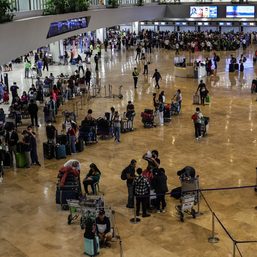




![[Under 3 Minutes] When will we see modern jeepneys on the road?](https://www.rappler.com/tachyon/2024/04/francisco-motors-modern-jeepney-prototype-1.jpg?resize=257%2C257&crop=590px%2C0px%2C1012px%2C1012px)


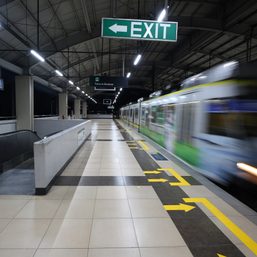
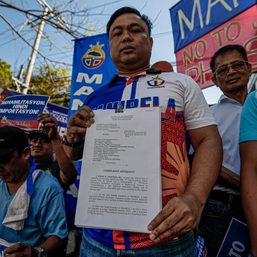
![[Vantage Point] BDO lifts NAIA rehab](https://www.rappler.com/tachyon/2024/02/tl-naia-bdo-smc.jpg?resize=257%2C257&crop=370px%2C0px%2C1080px%2C1080px)
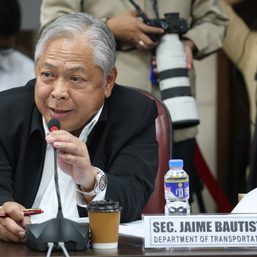
![[VANTAGE POINT] MIAA on the spotlight: Follies of the law](https://www.rappler.com/tachyon/2023/09/martires-miaa-september-5-2023.jpg?resize=257%2C257&crop=328px%2C0px%2C1080px%2C1080px)
There are no comments yet. Add your comment to start the conversation.